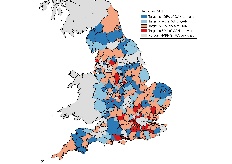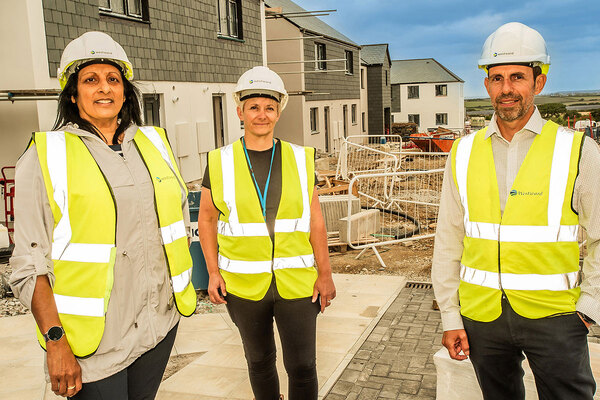You are viewing 1 of your 1 free articles
Will councils rise to the White Paper challenge?
The White Paper places an onus on councils to ensure more homes are delivered, but are they really up to the challenge? asks Susan Emmett
Driving greater economic productivity is one of the government’s key aims.
Providing enough homes in the right places is part of the solution and local authorities are to take more responsibility for making it happen.
“The onus to pull it all together is placed on local authorities.”
They have their work cut out.
The long-awaited Housing White Paper, launched this week, marks a shift away from the previous administrations’ single-minded pursuit of homeownership with a more pragmatic and wide-ranging approach to addressing the housing crisis.
Measures include an increase in pressure on house builders to accelerate construction, moves to encourage a wider range of developers – such as small and medium-sized enterprises and housing associations – and an acknowledgement of the need for a wider range of tenures.
But the onus to pull it all together and make it work is placed on local authorities.
Councils will come under even greater pressure to adopt up-to-date plans based on an “honest assessment of the need for new homes”, provide enough land for residential development and work with neighbouring authorities if they cannot meet need within their boundaries.
To help them along, councils will have greater powers to tackle slow builders, the opportunity to increase planning fees by at least 20% and £25m worth of new funding.
Progress will be monitored through a new ‘housing delivery test’ which will be phased in from November this year.
The test will highlight whether the number of homes being built is below target, establish the reasons why, and from November 2018 automatically apply the presumption in favour of sustainable development in the National Planning Policy Framework (NPPF) if housing delivery falls below 25%.
There is work to be done.
Our assessment shows that only 38% of local authorities have a NPPF-compliant Local Plan, 57% are still in the process of making one and 5% haven’t even started yet.
Another drawback is that far too many councils are still lacking a five-year land supply, with 48% of councils either declaring a lack of enough land or failing at appeal.
The White Paper’s emphasis on the government’s manifesto commitment to protect the green belt will make it even harder to bring forward land in areas of greatest demand.
Ultimately, however, we will not solve the housing crisis unless we have targets that accurately reflect true housing need and a consistent and accurate way of measuring this.
There is still a considerable gap between local housing targets and ‘objectively assessed need’, with 57% of local authorities relying on targets that are below objectively assessed need, particularly in London’s commuter belt where housing demand is most acute.
Furthermore, current methods for calculating housing need are inconsistent and fail to reflect true demand in the strongest housing markets.
Assessing need accurately and setting the right targets have already been the subject of long debate.
“We will not solve the housing crisis unless we have targets that accurately reflect true housing need.”
The White Paper sets out the government’s intention to consult on options for introducing a more standardised approach. This is welcome news.
The methodology created by the Local Plans Expert Group takes account of market signals as well as household projections. Their approach is a step in the right direction but does not go far enough to reflect demand in the markets of highest demand.
A plethora of academic reports – from the Kate Barker Review in 2004, to more recent work by Christine Whitehead for the Town and Country Planning Association – show that we need in the region of 300,000 new homes a year in England to have any meaningful impact on affordability.
If we are to provide the homes we need, a standardised method of housing needs assessment, and the targets that emerge from that, must add up to this big number even in constituencies with the greatest aversion to housebuilding.
Will local authorities rise to that challenge?
Susan Emmett, director of residential research, Savills









